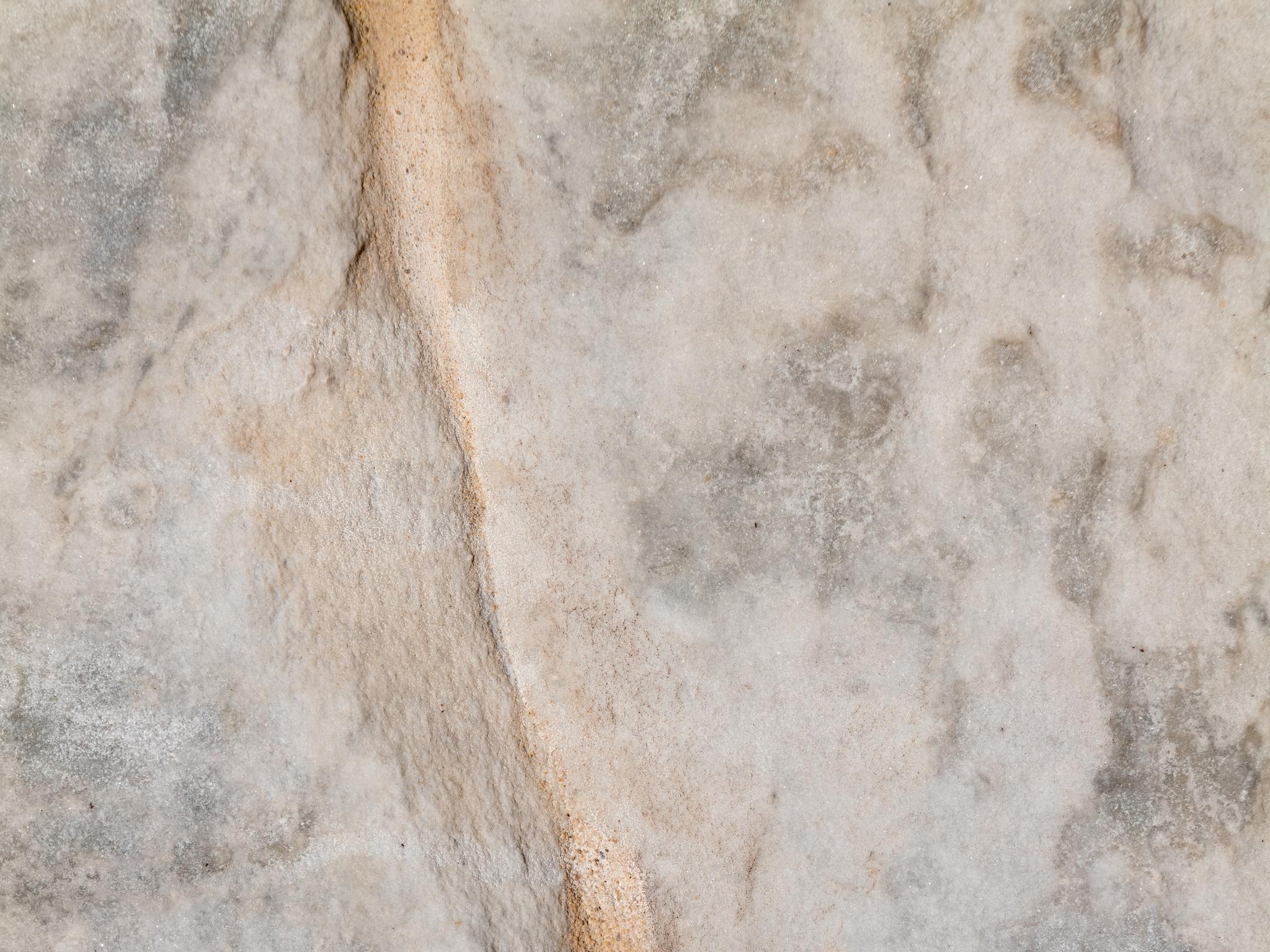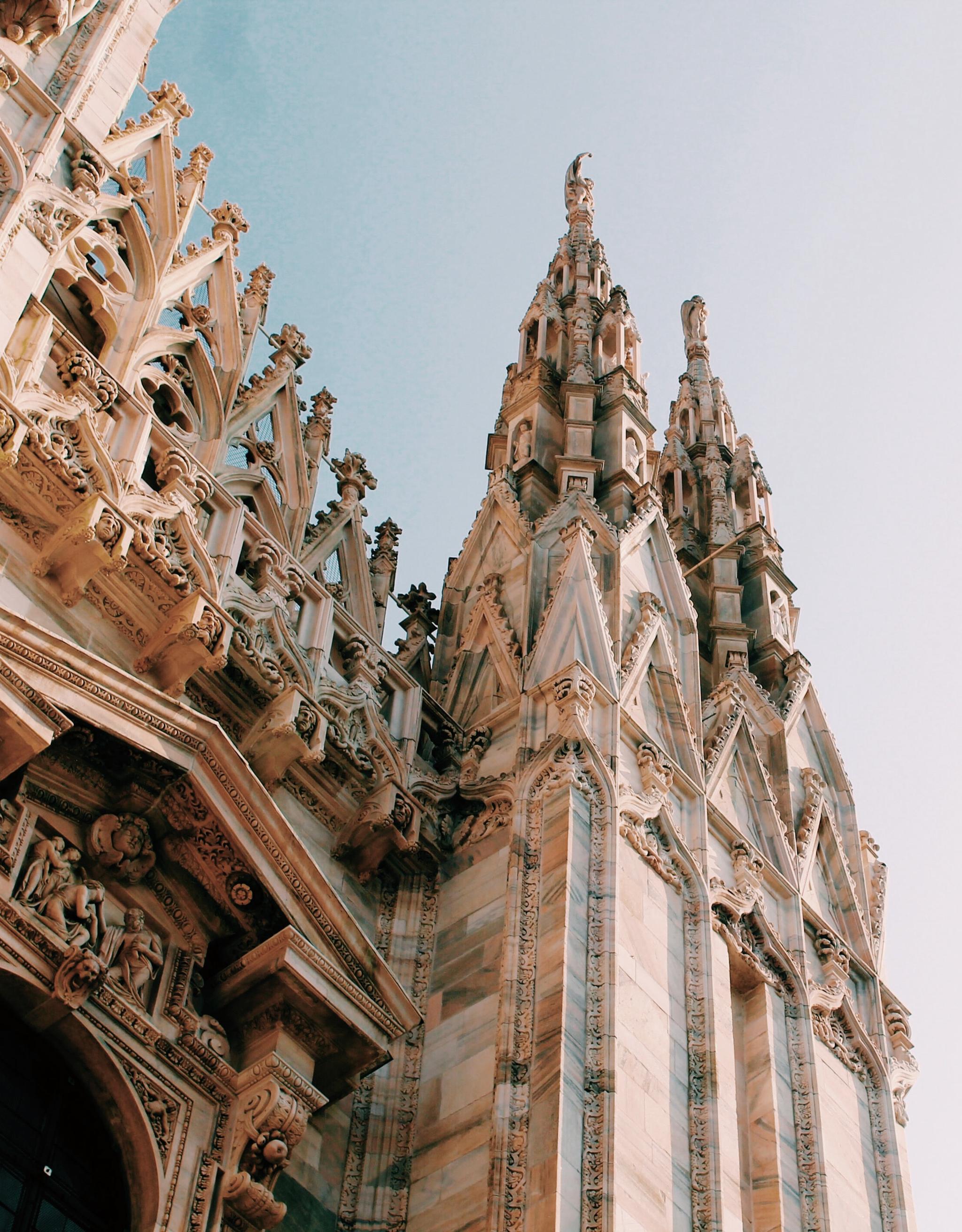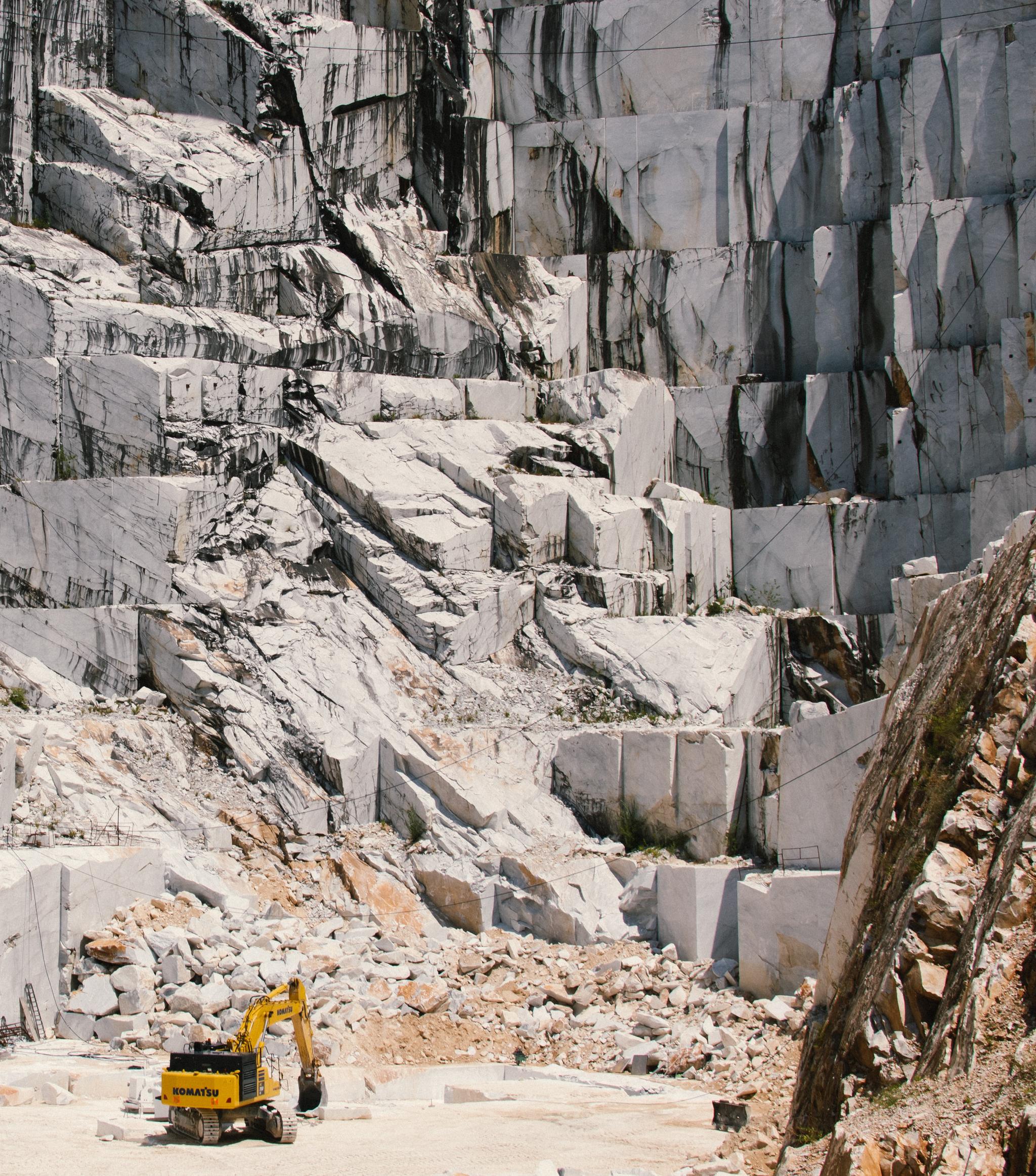
Secolo
Pingu X Calacatta Marble And Polished Brass Side Table
5.590 EUR
Ships in 11-12 weeks

Marble is a stone that has a soul; chalky white surfaces and delicate veins exude purity, elegance and set it apart from other natural stones. Through its unique characteristics and diverse textures, marble has been prevalent throughout history and continues to maintain its popularity when it comes to the crafting of furniture, flooring, lighting, tabletop and décor.
Being a metamorphic rock, marble is formed when sediments crystallize under intense heat and pressure. Perhaps the most fascinating characteristics of marble are the naturally formed translucent surfaces and easy-to-carve composition. Hence marble has been a stone of choice for artists, architects, and sculptors since antiquity.
The characteristic swirls and veins of many colored marble varieties are usually determined by the various mineral impurities. As a result, there are no two identical designs, like a fingerprint. Even though colors might seem similar, there’s no other piece of marble with the exact same veining which makes this material truly unique.
Italian marble is a truly extraordinary stone. A tradition carried on for centuries right from the Roman empire to the Italian Renaissance, Italian marble is unparalleled and unique. Italian marble artists are known to be the best-skilled cutters and carvers of stone in the world. For this reason, handmade marble from Italy is highly valued and appreciated worldwide.
The enduring and long-lasting nature of marble made it the ideal material of choice to build majestic sculptures and buildings. The spectacular Duomo di Milano, one of the largest Gothic cathedrals of Italy, is built with a unique quality of Candoglia marble, extracted from Lombardian quarries.


In the pursuit of the finest material, the Italian Renaissance artist Michelangelo found his inspiration through Carrara marble that he used to carve the iconic sculptures of the David and Moses. The flowing drapery and expressive details carved out of the fine marble, are some of the most outstanding examples of sculpting skills.
The lustrous surface of marble preserves the charm of time and the value of the territory from which it is extracted.
Marble or ‘Marmo’ as the Italians call it, has existed for years, hidden in the quarries in three regions of Northern and Central Italy: Tuscany, Lombardy, and Veneto. The concentrated presence of these quarries encouraged craftsmen to establish their workshops in proximity. With empirical knowledge of the locally produced marble, the craftsmen have produced inspiring marble decorative, furniture and lighting pieces.
Tuscany is the marble capital of Italy. Famed for its white Carrara Marble that shines in the Apuan Alps, it is the rarest and the most valuable marble in the world. Carrara marble is distinguished by its precious brilliance, surreal white surface and slender gray veins that resemble feathery markings against the background.
The aesthetic quality, character, and finishes have made Carrara marble a noble medium for artists, sculptors, and designers.
Lombardy is a reference point for industrial history due to the abundance of water, wood and other industrial material. Among the popular Lombardian quarries, Candoglia quarries have an exclusive history since the 1300s. This quarry is known to provide marble for the construction of the iconic Cathedral of Milan.
The beautiful Italian island of Sicily has a deep culture in natural stone. Sicilian city centers and churches are all adorned with locally quarried marble as well as lava stone and limestone. The use of these precious locally sourced stones has enabled Sicilians to achieve the stunning Baroque architecture that characterizes many prominent structures. The island counts diverse stone production plants each with its own tradition. The main Sicilian centers for natural stone production are Trapani, Ragusa, Catania, and Palermo; each is known for a particular type of stone: Trapani for its beige Perlato di Sicilia marble; Catania its Lava Stone since Mount Etna eruption in the early 1960s; Ragusa for the Limestone and Palermo for its gray Billiemi Marble.

Marble continues to inspire people around the world – and rightfully so. There are different kinds of marble that can be classified by its wonderful color options. The countless colors, veining and intricacies offer possibilities to create and reinvent classic or contemporary spaces. Artemest takes you through a journey to the discovery of precious marbles, granites and natural stones that will enchant you with their spectacular color shades.
The classic white marble is a fine example of Italian perfection and grandeur. Carrara, Calacatta and Statuario marbles from Tuscany are the popular types of white marble that serve various purposes both for interior and exterior projects. Due to its high Calcium composition, it continues to mature over time, adding more character to the pieces, hence, a perfect choice for sculptures.
The most widely used pink marble varieties are the Rosa Portogallo and the Rosa Levante. Pastel tones of marble add to the overall chic appeal of tabletops, décor and even lamps. The tones range from very subtle orangish tinge to deep pink, with rare white and grey intrusions.
Looking at a slab of red marble seems like witnessing a contemporary work of art: it’s incredibly moving structure, creates immense value through its deep hues. Rosso Alicante is the best variety of red marble for a strong avant-garde feel, while Rosso Coralito features a softer tone and lighter presence of veins. The Rosso Levante, originally from Murcia is characterized by its three different tones of red and white streaks.
A relatively new form of graphite, the lively green appearance creates an atmosphere of rich elegance blended with a sense of serenity and harmony. Verde Guatemala or the Oasis green marble is the commonly used kind of green marble often found in some of the most luxurious bathhouses and luxurious homes. From furniture to kitchenware, green marble makes decor items look even more pristine.
The enchanting black marble makes one stop to observe its magic. With its overwhelming personality, Portoro marble augments the beauty of absolutely any object. Nero Marquina, another kind of black marble makes homes look sleek and chic. It is deep in its color with white veins acting as delightful accents. Seen in modern interior designs, this material is vastly used in furniture, contemporary chandeliers, niches in the kitchen, and tabletops.
Discover the curated collections that feature of wonderful marble lighting to marble tabletops that exude elegance and style. The white Carrara collection features some modern designs and creations, while the brass and Marble collection enjoy this material to in combination with the elegance of brass.